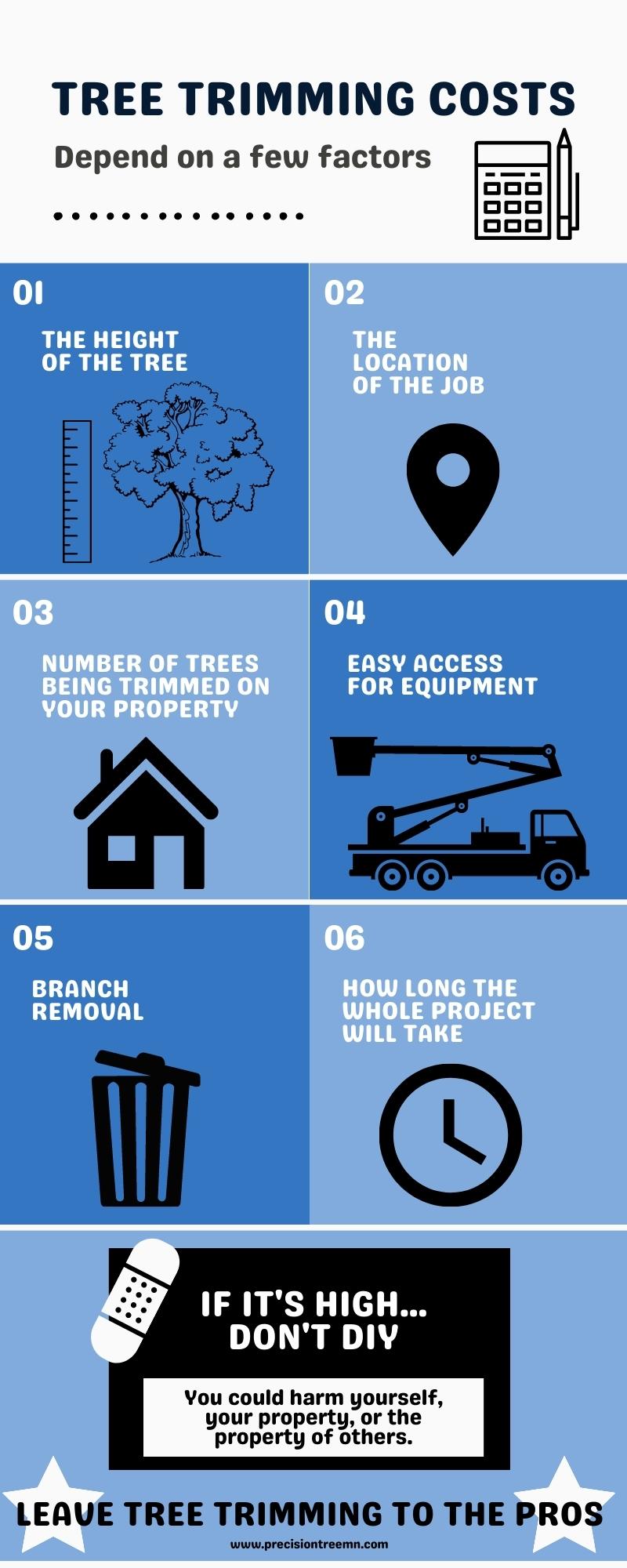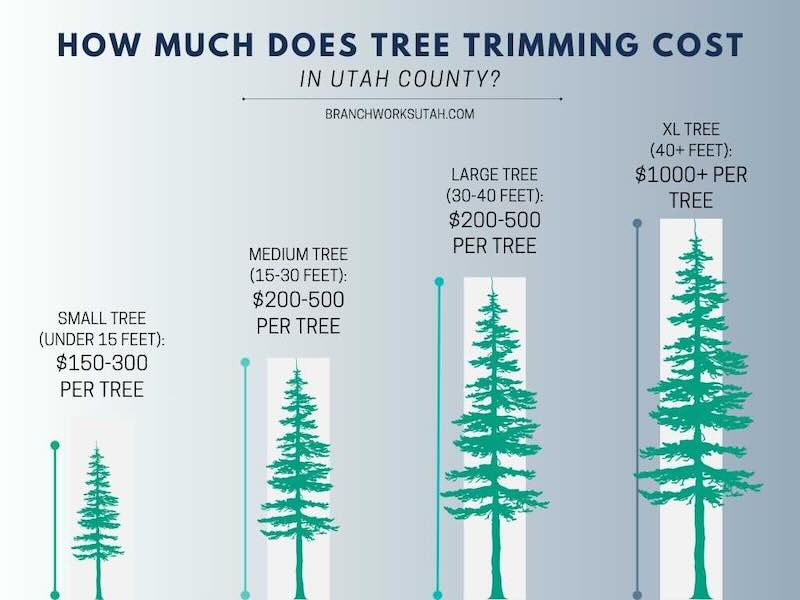Featured
Table of Contents
- – Top-Rated Stump Grinding In White Oak, TX: Pri...
- – Budget Estimates For An Tree Cutting In White ...
- – White Oak, TX Tree Trimming Quote Charges
- – Are A Tree Cutting Worth The Cost In White Oa...
- – White Oak, TX Stump Removal Reviews And Pricing
- – White Oak, TX Tree Service Uninstall Costs
- – Reviewing White Oak, TX Tree Removal Provider...
- – Quick Tree Clearing Service Costs In White O...
- – Review Local Tree Removal Prices In White Oa...
- – White Oak, TX: Standard Stump Removal Costs
- – Long-Term Tree Service Costs In White Oak, TX
- – White Oak, TX Tree Cutting: Payment Options
- – Custom Arborist Costs In White Oak, TX
- – How Much Does It Cost To Hire An Tree Cuttin...
- – Current Stump Grinding Costs In White Oak, TX

The subsections below offer more detailed details about prices, consisting of a typical range for each. TypeAverage Elimination CostPineConiferPalmMagnoliaArborvitaeAshCedarSweet GumEucalyptusSycamoreCypressOakMaplePoplar You can anticipate to pay between to remove a pine, depending on its size. Getting rid of a pine is among the more affordable tasks unless it is one that has been around for many years and is rather large.
Top-Rated Stump Grinding In White Oak, TX: Pricing
Pines likewise have a tap root that grows deep into the soil, which can show to be more hard to get rid of. The process itself includes a professional cutting the tree, clearing the base, cutting the surface roots, getting rid of the stump, and finally dealing with the soil. Without an expert hand, you risk leaving pine seedlings behind, which will fall from the roots of distressed pines.
Budget Estimates For An Tree Cutting In White Oak, TX
The U.S. national average for conifer elimination is around to have the conifer cut down, transported away, and the stump ground or removed completely. Conifers are usually simpler to remove, and despite the fact that they can grow quite tall, they do not cost a fortune to get rid of. Conifers include pine, spruce, fir, and juniper trees.
White Oak, TX Tree Trimming Quote Charges
While conifers are lovely, they eliminate native plants and certain types of grass (tree clearing). The typical price of palm removal depends on the height as much as the type, ranging from.
Are A Tree Cutting Worth The Cost In White Oak, TX
That is why it is essential to understand which type you are getting rid of. While you do not need an herbicide to eliminate a palm tree, there are some steps your elimination specialist will need to require to make sure the job is done properly. There are two methods they can get rid of them: by chopping them down or digging them up.
White Oak, TX Stump Removal Reviews And Pricing
From there, they remove the actual tree and then the stump. Anticipate to pay in between to remove this type of tree, depending on the exact size and details of the job.
White Oak, TX Tree Service Uninstall Costs
There are 3 types: green, white, and black ash. White ash is known for its lots of colors. With its gray-tinged bark, its leaves are green or purple in the spring and golden yellow or purplish-red in the fall. They delight in moderate environments and lots of sun. The green ash is called such due to its green or yellow foliage.
Reviewing White Oak, TX Tree Removal Providers: Costs

The bark is softer, and it blooms later on in the year - tree cutting. Due to the variation in height, the removal rate variance is large from. A coniferous, evergreen tree, the cedar is a sturdy types. True cedars delight in greater elevations, generally in the Himalayas and the Mediterranean. A true cedar can grow as high as 160 feet in height and is often planted in the United States as a landscape alternative.
Quick Tree Clearing Service Costs In White Oak, TX
The growth of incorrect cedars varies from 50 feet up to 230 feet high. House owners may pay anywhere from, depending on the roots. With star-shaped leaves and stunning fall colors, the sweet gum is thought about a medium to big tree. Enjoying complete sun, the sweet gum can not endure contamination.
Review Local Tree Removal Prices In White Oak, TX
It has a big root base of 40 to 50 feet, which affects the removal expense. Usually, it costs in between to remove a eucalyptus. Eucalyptus are not common all over, however they are rather large compared to others, which is why even the smaller ones are so expensive to remove. Originally from Australia, eucalyptus are intrusive plants that grow in thick groves that secure native plants.
White Oak, TX: Standard Stump Removal Costs
There are a handful of methods to do this, including burning, pulling, grinding, or eliminating them with herbicide. Expect to pay between to remove sycamores, based on the height, trunk size, and amount of work involved. Sycamores are one of the biggest wood trees, usually ranging from 60 to 100 feet tall and as broad as 15 feet.
Long-Term Tree Service Costs In White Oak, TX
The very first two steps will expose the withins of the tree and cut off the flow of nutrients up the trunk. From there, an expert uses herbicide to kill the tree and cuts down the trunk.
White Oak, TX Tree Cutting: Payment Options
There are various kinds of Cypress trees, but the most prevalent are the Leyland, Arizona, Bald, and Italian. The Bald Cypress grows in swampy or really moist locations while the others enjoy a dry, warm, or hot environment (stump grinding). They can grow as tall as 80 to 100 feet tall
Custom Arborist Costs In White Oak, TX

Prone to illness, the Cypress is one of the most valued woods for furnishings. The typical oak grows to around 60 feet, and depending on the intricacy of the elimination, it costs approximately to eliminate. The exact size of your oak and the effort required to fell it impact what you will actually spend for elimination together with any additional services like stump grinding.
How Much Does It Cost To Hire An Tree Cutting In White Oak, TX
Access to the trees and the roots will also affect the overall expense. Maples are generally among the more pricey trees to remove due to the fact that of their size and the work involved in the elimination.
Current Stump Grinding Costs In White Oak, TX
Growing as high as 90 to 115 feet, these huge lumbers are generally found in North America and include the aspen, cottonwood, and balsam trees. The process to remove trees involves all the trimming and cutting of the branches and trunk, bringing it down to a stump.
Table of Contents
- – Top-Rated Stump Grinding In White Oak, TX: Pri...
- – Budget Estimates For An Tree Cutting In White ...
- – White Oak, TX Tree Trimming Quote Charges
- – Are A Tree Cutting Worth The Cost In White Oa...
- – White Oak, TX Stump Removal Reviews And Pricing
- – White Oak, TX Tree Service Uninstall Costs
- – Reviewing White Oak, TX Tree Removal Provider...
- – Quick Tree Clearing Service Costs In White O...
- – Review Local Tree Removal Prices In White Oa...
- – White Oak, TX: Standard Stump Removal Costs
- – Long-Term Tree Service Costs In White Oak, TX
- – White Oak, TX Tree Cutting: Payment Options
- – Custom Arborist Costs In White Oak, TX
- – How Much Does It Cost To Hire An Tree Cuttin...
- – Current Stump Grinding Costs In White Oak, TX
Latest Posts
Straight Tree Service Costs In Columbus, IN
Additional Tree Trimming Costs In Warwick, RI: What To Watch For
High-End Stump Grinding Costs In Beach Park, IL
More
Latest Posts
Straight Tree Service Costs In Columbus, IN
Additional Tree Trimming Costs In Warwick, RI: What To Watch For
High-End Stump Grinding Costs In Beach Park, IL